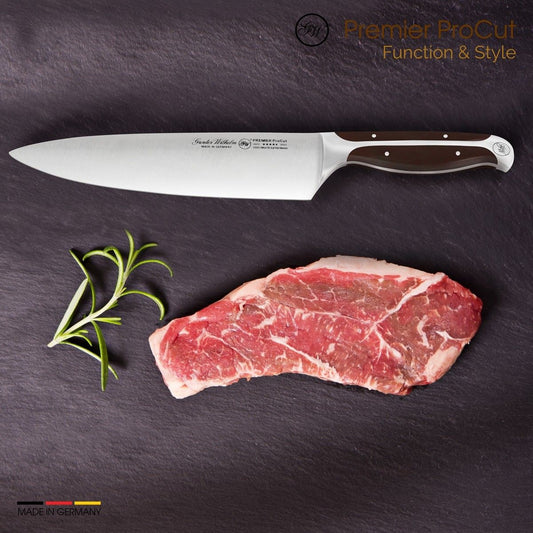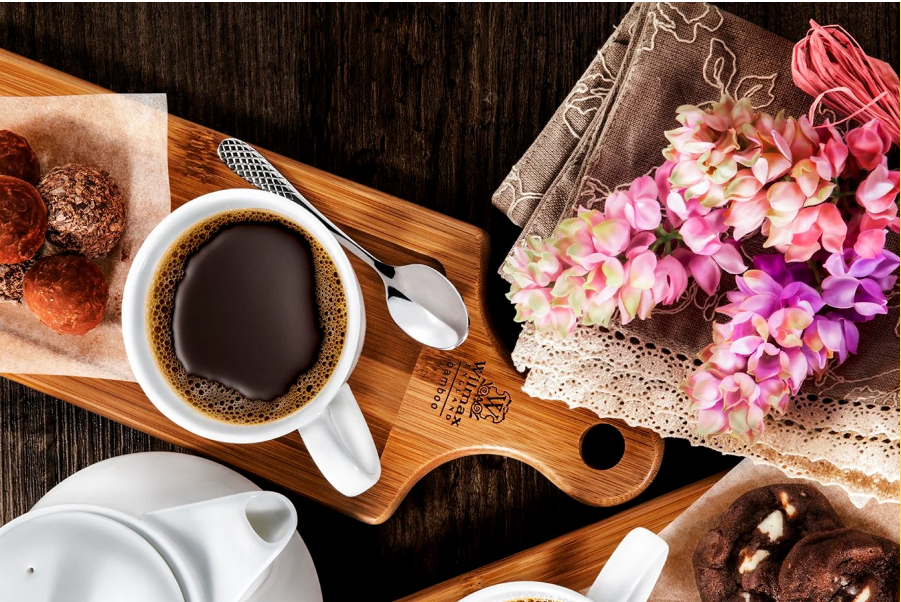Culinary Fusion: When Tradition Meets Innovation

Food is constantly evolving, shaped by history, migration, and cultural exchange. Culinary fusion is the exciting result of blending flavors, ingredients, and techniques from different culinary traditions to create something entirely new. From Korean-Mexican tacos to Japanese-Peruvian Nikkei cuisine, fusion food has become a global trend that challenges traditional boundaries.
In this guide, we’ll explore the origins of fusion cuisine, successful pairings, and tips for experimenting at home to create your own delicious mash-ups.
1. What is Fusion Cuisine?
Fusion cuisine is the intentional blending of flavors, ingredients, and cooking styles from two or more culinary traditions. It can happen naturally through cultural exchange or be deliberately crafted by innovative chefs.
✔ Classic Examples:
- Korean-Mexican Fusion – Korean BBQ tacos, kimchi quesadillas.
- Japanese-Peruvian (Nikkei) Cuisine – Tiradito (Peruvian ceviche with Japanese influences), miso-marinated fish.
- French-Vietnamese (Colonial Influence) – Bánh mì sandwiches (French baguette meets Vietnamese flavors).
- Indian-Chinese (Desi Chinese Cuisine) – Chili paneer, Hakka noodles.
Fusion food isn’t just about mixing ingredients—it’s about balancing flavors, respecting traditions, and embracing creativity.
2. The History Behind Fusion Cuisine
Fusion cuisine isn’t a modern concept—many of today’s "traditional" dishes were originally created from cultural blending:
✔ Tex-Mex (Mexican-American Fusion) – Dishes like fajitas and nachos emerged from Mexican and American influences.
✔ Sichuan-Cajun Fusion – The spice-heavy cooking of Louisiana blends naturally with Sichuan peppercorn heat.
✔ Italian-American Cuisine – Spaghetti and meatballs? Not from Italy! It was adapted by Italian immigrants in the U.S.
From global trade to colonial history, fusion has always been a natural part of food evolution.
3. Successful Fusion Pairings & Why They Work
🌮 1. Korean-Mexican (Kogi-Style Tacos)
✔ Why It Works: Korean BBQ flavors (sweet, smoky, umami) complement Mexican staples like tortillas and spicy salsa.
✔ Try This: Make Korean bulgogi beef tacos topped with kimchi slaw.
🍣 2. Japanese-Peruvian (Nikkei Cuisine)
✔ Why It Works: Both cultures highlight fresh seafood, citrus, and umami-rich sauces.
✔ Try This: A tiradito—Peruvian-style sashimi drizzled with soy-citrus sauce.
🥢 3. Indian-Chinese (Desi Chinese Cuisine)
✔ Why It Works: Indian spices pair beautifully with wok-fried Chinese-style dishes.
✔ Try This: Chili paneer (paneer cubes stir-fried in soy sauce, garlic, and chili).
🥖 4. French-Vietnamese (Bánh Mì & Beyond)
✔ Why It Works: French bread + Vietnamese pickled vegetables = the perfect crunch and flavor contrast.
✔ Try This: A crispy baguette filled with lemongrass chicken, pâté, and fresh herbs.
🍕 5. Italian-Japanese (Miso Carbonara, Sushi Pizza)
✔ Why It Works: Both cuisines value umami (Parmesan, miso, soy sauce).
✔ Try This: Miso carbonara—classic pasta with a hint of miso for extra depth.
4. How to Experiment with Fusion Cuisine at Home
Want to create your own fusion dishes? Follow these simple guidelines:
✔ Start with a Shared Ingredient – Find a common thread between two cuisines (e.g., soy sauce in Japanese & Chinese cooking).
✔ Balance Flavors – Pair sweet, salty, sour, and umami to avoid overpowering one cuisine.
✔ Use Complementary Techniques – Combine traditional cooking styles (e.g., wok-frying with Italian pasta).
✔ Keep It Simple – Fusion works best when flavors blend naturally, not when they’re forced.
✔ Test Small Batches – Try small portions before committing to a full dish.
5. Easy Fusion Recipes to Try
🌮 Korean BBQ Tacos
📝 Ingredients:
- 1 lb beef bulgogi
- Corn tortillas
- Kimchi slaw (kimchi + shredded cabbage)
- Sriracha mayo
👩🍳 Instructions:
- Cook bulgogi beef until caramelized.
- Warm tortillas and fill with beef.
- Top with kimchi slaw and drizzle with sriracha mayo.
✨ Why It Works: The smoky-sweet Korean BBQ pairs perfectly with the crunch of slaw and soft tortillas.
🍜 Miso Butter Spaghetti
📝 Ingredients:
- 8 oz spaghetti
- 2 tbsp butter
- 1 tbsp miso paste
- Parmesan cheese
👩🍳 Instructions:
- Cook spaghetti and reserve ¼ cup pasta water.
- Melt butter and whisk in miso.
- Toss pasta in sauce, adding pasta water if needed.
- Top with Parmesan and serve.
✨ Why It Works: The umami depth of miso adds richness to classic pasta dishes.
6. The Future of Fusion Cuisine
Fusion cuisine continues to evolve and redefine global dining. Chefs are pushing boundaries, creating plant-based fusions, sustainable mash-ups, and high-end hybrid dishes. Whether in fine dining or street food, fusion remains a celebration of culinary creativity.
🌟 So why not experiment? Pick two cuisines, blend flavors, and create something amazing in your own kitchen! 🍣🌮✨
Share:





